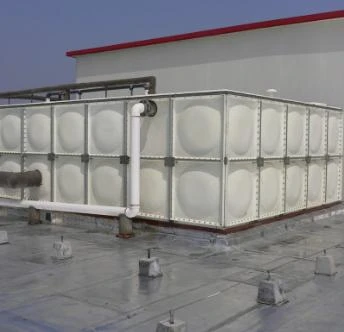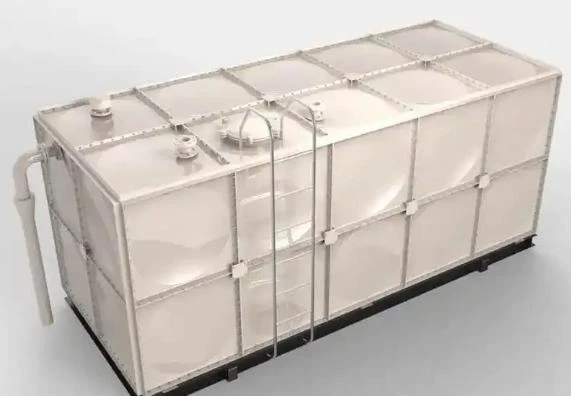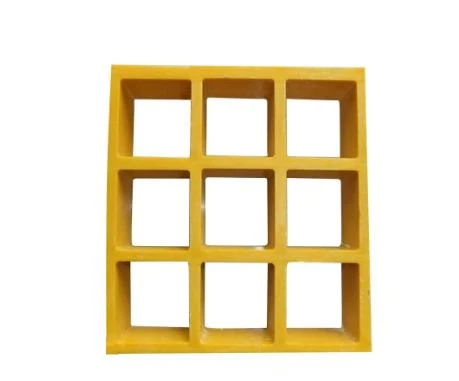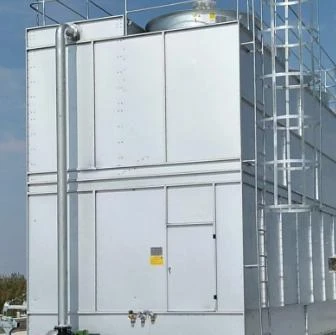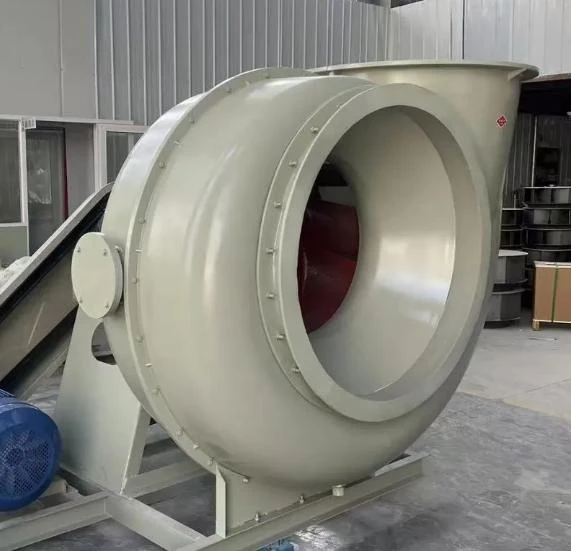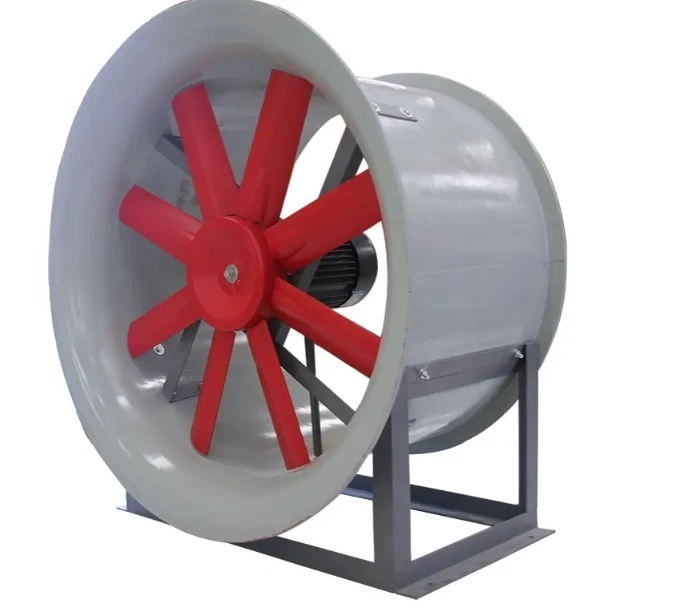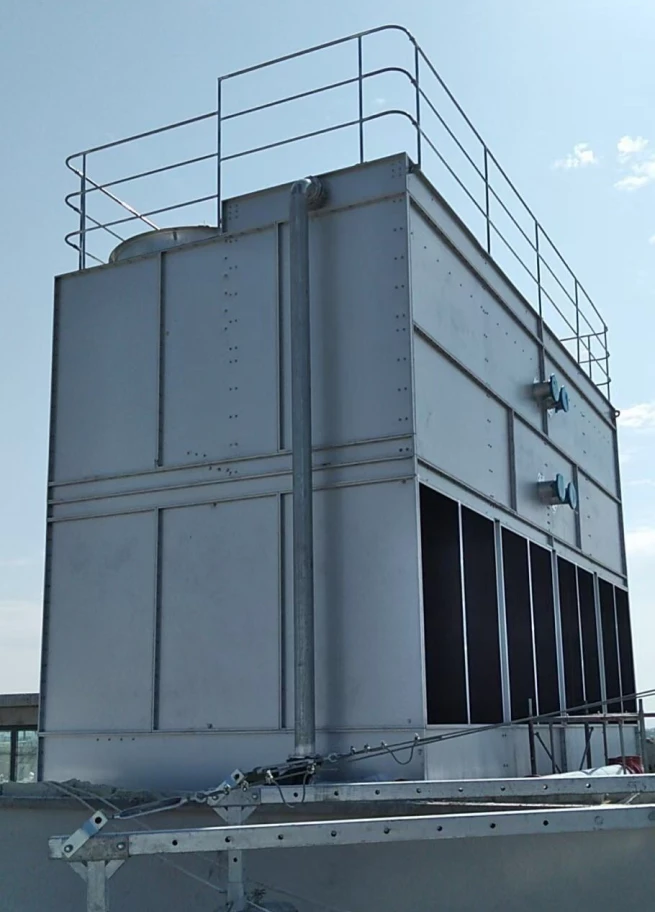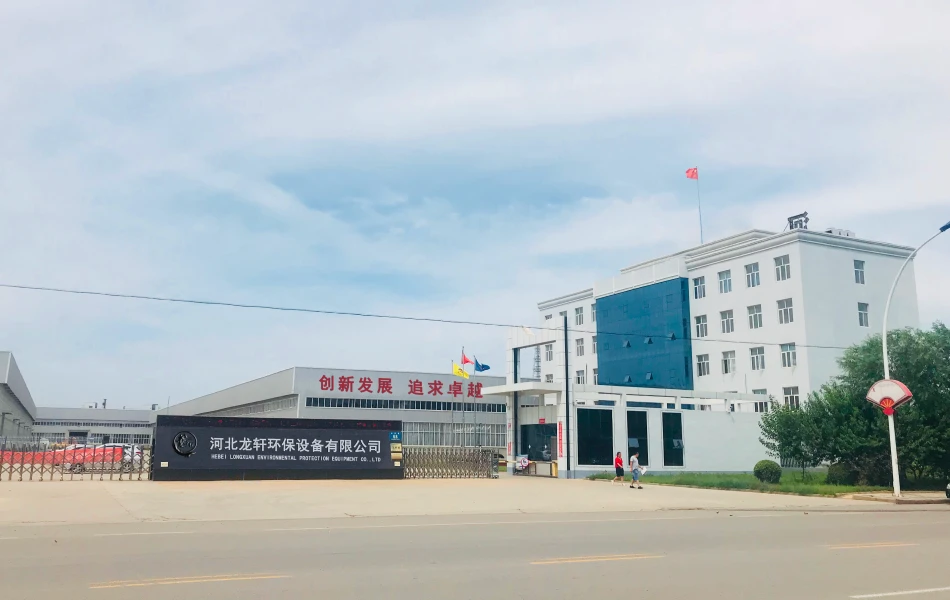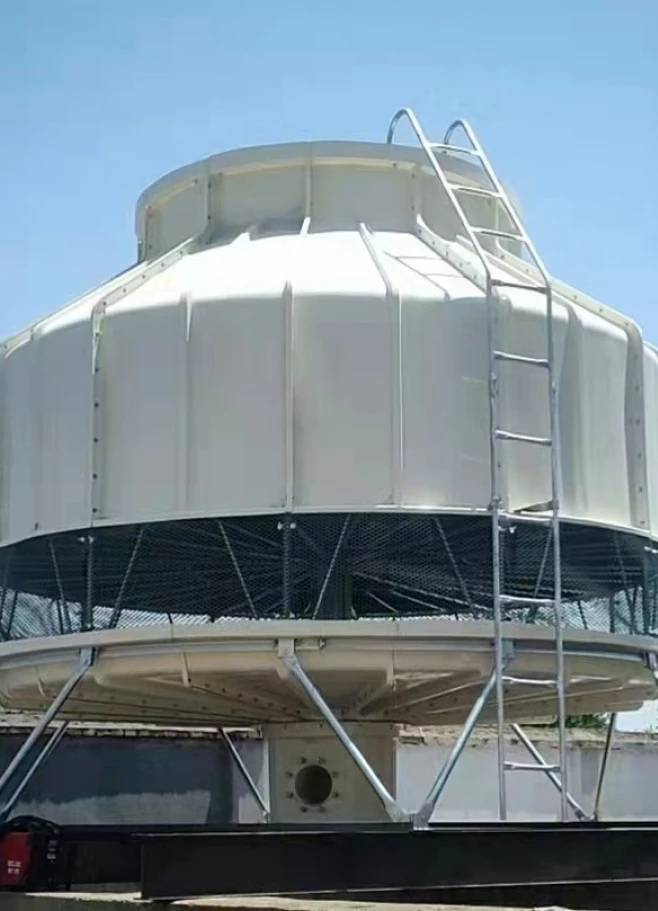

We Are Open 24 Hours a Day, 7 Days a Week, Including Weekends and Public Holidays.
- Comprehensive overview of GRP grid systems and core applications
- Performance data analysis demonstrating structural advantages
- Technical superiority over traditional materials
- Comparative evaluation of leading GRP grid manufacturers
- Custom engineering solutions for specialized requirements
- Industry-specific implementation case studies
- Future development trajectory and industrial adoption projections

(grp grid)
Understanding GRP Grid: The Industrial Game Changer
Glass Reinforced Plastic (GRP) grid systems represent a technological leap in structural flooring solutions. Unlike conventional metal alternatives, GRP open grid flooring combines fiberglass reinforcement with thermosetting resin to create exceptionally durable yet lightweight platforms. These systems typically weigh 40% less than equivalent steel structures while offering comparable load-bearing capacity. Standard GRP grid installations withstand temperatures ranging from -40°C to 120°C without compromising integrity, making them viable across extreme environments.
Primary industrial applications span chemical processing facilities (particularly where acid resistance is critical), offshore drilling platforms, water treatment plants, and food manufacturing operations. The non-conductive properties eliminate electrical hazards, while specialized fire-retardant formulations achieve Class 1 flame spread ratings. Major infrastructure projects increasingly specify GRP grid mesh for catwalks, stair treads, and maintenance platforms due to corrosion immunity - an advantage that reduces lifecycle maintenance costs by approximately 60% compared to carbon steel alternatives.
Quantifiable Performance Advantages
Third-party stress testing confirms GRP grid structures maintain tensile strength between 25-45 kN/m depending on resin formulation and mesh geometry. Impact resistance testing (ASTM D256 standards) shows deformation rates under 3mm when subjected to 50J impacts, outperforming aluminum equivalents by 30%. Chemical resistance data demonstrates near-zero material degradation after 5000-hour exposure to:
• Hydrochloric acid solutions (10% concentration)
• Sodium hydroxide (20% concentration)
• Marine salt spray environments
Load distribution efficiency represents another significant advantage. A typical 38mm depth grp grid
flooring panel achieves uniform load distribution across 450mm spans with deflection limited to L/200 at 1.5 kN/m² distributed loads. This performance enables reduced support framework requirements, cutting structural steel requirements by approximately 25% per square meter versus expanded metal alternatives.
Engineering Superiority Over Traditional Materials
The composite architecture of GRP grid systems eliminates intrinsic weaknesses found in homogeneous materials. Multi-directional glass fiber reinforcement within isophthalic polyester resin matrices creates anisotropic strength profiles specifically engineered for axial load resistance. This molecular design delivers 700% greater fatigue resistance than hot-dipped galvanized steel when subjected to cyclical loading patterns common in industrial vibration scenarios.
Advanced resin infusion manufacturing produces void-free laminates with fiber-to-resin ratios optimized between 55%-65% - far superior to hand-layup composites. The result is complete immunity to chloride-ion induced degradation that plagues stainless steel in marine environments. Furthermore, GRP grid mesh installs with standard mechanical fixings, requiring no specialized welding equipment or hot-work permits. Installation efficiency gains average 45% versus metallic alternatives, significantly reducing project downtime during retrofits.
Manufacturer Technology Comparison
| Specification | Standard GRP Grid | Fibergrate Composolite | McNICHOLS Perforated | Strongwell DURAGRID |
|---|---|---|---|---|
| Tensile Strength (MPa) | 280-300 | 340-360 | 180-200 | 390-410 |
| Deflection Limit (mm) | 3.2 | 2.1 | 5.8 | 1.8 |
| Fire Rating | Class 2 | ASTM E-84 Class 1 | Class 3 | BS 476 Part 7 Class 1 |
| Max Continuous Temp (°C) | 115 | 135 | 90 | 149 |
| Chemical Resistance Index | 78/100 | 92/100 | 65/100 | 96/100 |
Leading manufacturers have developed proprietary formulations addressing specific industrial challenges. Strongwell's vinyl ester-based DURAGRID withstands concentrated sulfuric acid exposure where most composites fail, while Fibergrate's Composolite integrates grit-filled surfaces achieving slip resistance values of µ=0.85 on wet surfaces - exceeding OSHA requirements by 70%. These material innovations have expanded viable operating environments beyond traditional applications into pharmaceutical cleanrooms and semiconductor fabrication facilities.
Application-Specific Configuration Options
Engineers can specify numerous performance enhancements when ordering GRP grid systems. Custom resin formulations including bisphenol fumarate provide exceptional resistance to solvent penetration, while orthophthalic resins offer cost-efficient solutions for mild chemical exposure. Surface texture modifications range from grit-impregnated patterns to specialized diamond plate profiles, achieving coefficient of friction ratings from 0.4 (smooth finish) to 0.98 (high-traction surfaces).
For specialized load requirements, manufacturers produce double-layer laminated grids achieving 5kN/m² distributed load ratings - sufficient for light vehicle traffic. Recent advancements include hybrid GRP grid systems incorporating stainless steel reinforcement at stress points, boosting impact resistance by 40% while retaining corrosion resistance. Electrical conductivity can be engineered into panels through embedded copper mesh, addressing static discharge requirements in explosive atmospheres per ATEX/IECEx standards.
Documented Implementation Successes
Oil & Gas Sector: Petrobras installed 15,000m² of grp open grid flooring across their P-74 FPSO platform in 2021. The solution eliminated corrosion-related replacement cycles previously required every 18 months with carbon steel alternatives. Maintenance inspections confirmed zero degradation after 28 months of continuous offshore exposure, validating accelerated ROI projections.
Municipal Infrastructure: Milwaukee Water Treatment Plant retrofitted walkways with GRP grid mesh during their 2022 upgrade cycle. The non-conductive properties prevented stray current corrosion affecting adjacent concrete reinforcement, while the lightweight nature permitted installation without heavy lifting equipment over sensitive structures. Subsequent inspection reports noted 77% reduction in man-hour requirements for maintenance activities compared to previous grating systems.
Food Processing: Tyson Foods implemented antimicrobial GRP grid systems in six poultry processing facilities after material testing confirmed 99.8% bacterial growth suppression versus stainless steel surfaces. The seamless integration of floor drains within modular panels improved sanitation efficiency, contributing to a documented 30% reduction in facility cleaning cycles.
Industrial Evolution Through GRP Grid Advancements
Material science developments point toward graphene-enhanced resins entering commercial production within two years, potentially doubling current strength-to-weight ratios while introducing measurable electrical conductivity. The global market for grp grid solutions projects 6.8% CAGR through 2028 (Global Market Insights, 2023), driven largely by infrastructure replacement initiatives in developed economies. Beyond traditional heavy industry, architecture and construction sectors increasingly adopt GRP grids for pedestrian bridges and public access structures due to their vandal-resistant properties and minimal maintenance requirements.
As environmental regulations tighten globally, GRP grid manufacturing processes have reduced VOC emissions by 63% since 2015 while increasing recycled material incorporation to 40% by weight. Performance standardization has accelerated with the 2023 publication of ASTM E3322 covering structural FRP gratings. These developments position grp open grid flooring as a sustainable, performance-driven solution ready to meet evolving industrial requirements through mid-century infrastructure planning cycles.
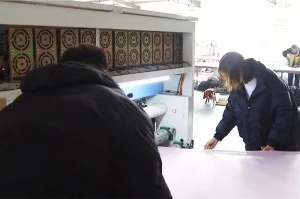
(grp grid)
FAQS on grp grid
Q: What is GRP Grid?
A: GRP Grid is a flooring material made from glass reinforced plastic, offering high durability and corrosion resistance. It's lightweight and ideal for industrial walkways. This product ensures long-term safety in harsh environments.
Q: How is GRP Grid Mesh used?
A: GRP Grid Mesh features a textured pattern for improved slip resistance and drainage. It's commonly applied in food processing plants or marine platforms. The mesh design allows easy cleaning and fluid passage.
Q: What benefits does GRP Grid provide?
A: Benefits include resistance to chemicals and weathering, reducing maintenance costs. GRP Grid supports heavy loads while remaining non-conductive and fire-retardant. Its modular design enables quick installation for various projects.
Q: Where is GRP Open Grid Flooring suitable?
A: GRP Open Grid Flooring excels in areas requiring ventilation and drainage, like petrochemical facilities or decking. Its open structure prevents water accumulation and debris buildup. This flooring ensures safety in wet or corrosive settings.
Q: How do you install GRP Grid?
A: Installation involves cutting GRP Grid to size and securing it with bolts or clips. It requires minimal tools and can be done on uneven surfaces. Proper alignment ensures optimal performance and slip-resistance for years.





Address
20 Xingyuan South Street, Zaoqiang County, Hengshui City, Hebei Province, China














